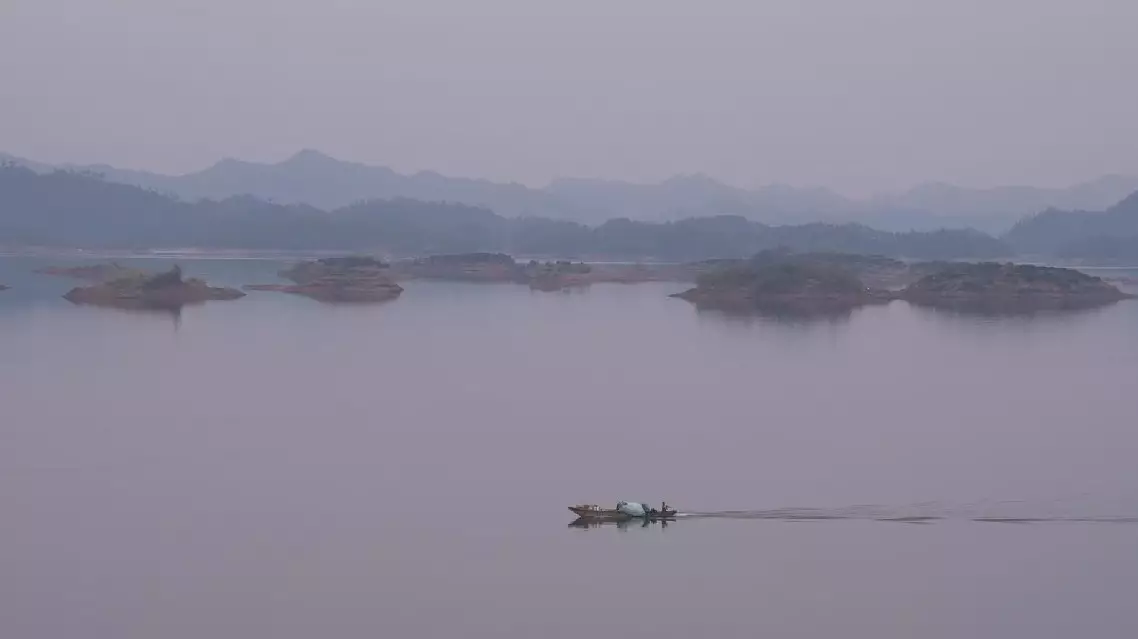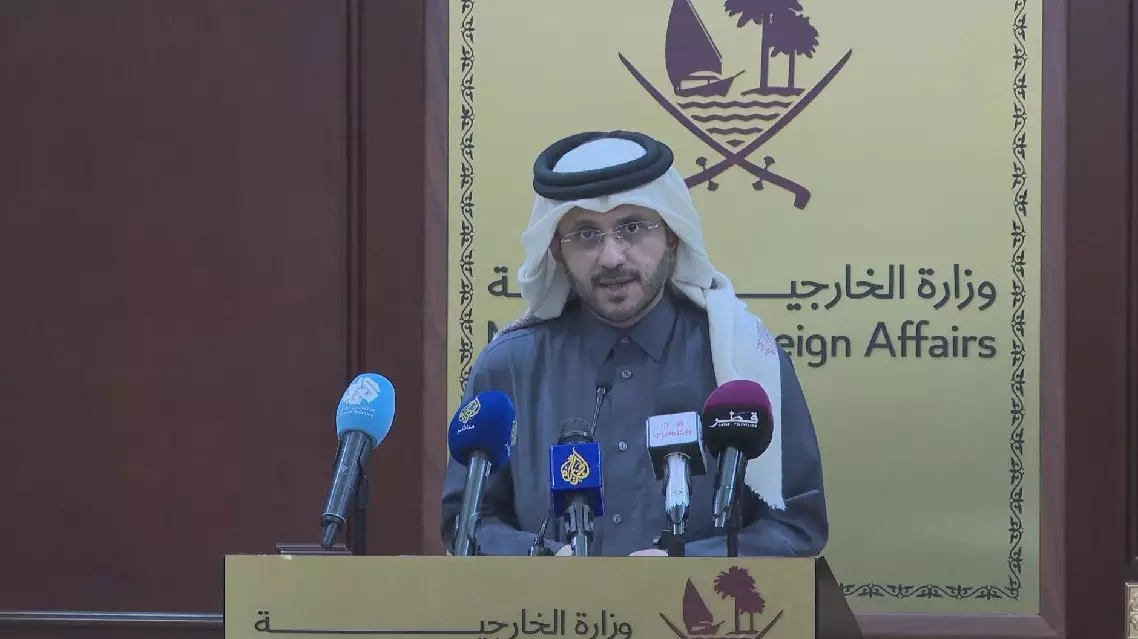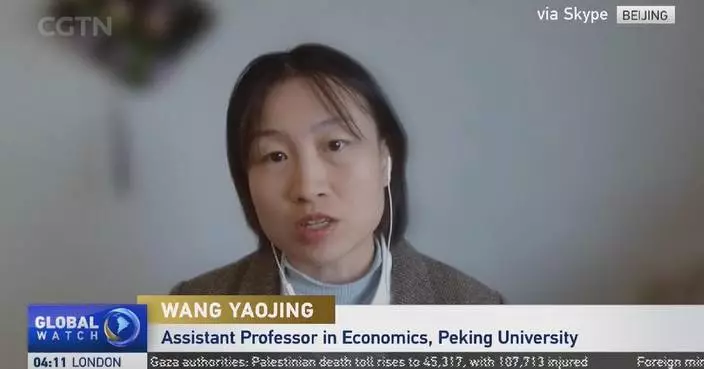The Qiandao Lake, the largest artificial lake in east China's Yangtze River Delta, has achieved ecological restoration through comprehensive environmental improvement, involving conservation efforts from local cultivators and even financial institutes.
The Qiandao Lake, located in the city's Chun'an County, is an artificial lake built during the construction of the Xin'an River Hydropower Station.
Like dazzling gems,1,078 islands dot the lake and thousands of smaller ones are scattered across it. Hence, the lake has earned the name of "Qiandao Lake," which literally means "Thousand Islands Lake" in Chinese.
Being recognized as an outstanding example of the country's ecological restoration and biodiversity protection efforts, the artificial freshwater lake has seen agricultural plantations around it adopt eco-friendly cultivation to reduce potential harms of insecticide.
"To protect the ecosystem of the Qiandao Lake, we remove the weeds by hand. All the weeds in our navel orange plantation are removed by hand," said Weng Wei, manager of Chun'an Qiandao Lake Jieju Eco-Agricultural Development Company.
Financial efforts have also been launched to promote the region's environmental conservation program. Since 2018, the World Bank has planned 1.5 billion U.S. dollars in loans to Chun'an County for pollution control and forest restoration with local cultivators being encouraged to use more eco-friendly fertilizers.
"We have adopted ecological cultivation in our plantation. We use the organic and the formulated fertilizers promoted by the World Bank programs," Weng said.
The forestry system of the Qiandao Lake, which has distinct features and vulnerabilities, is also included into the environmental improvement efforts, according to Fang Yanjie, senior engineer of Zhejiang Forestry Survey Planning and Design Institute.
"The forests around the Qiandao Lake have distinct features and vulnerabilities. For example, the forests are mainly consisted of Masson's pine, which are evergreen and needleleaf. Because the structures and the species diversity of their underbrushes are rather simple, the forests are relatively vulnerable to pest infestations," said Fang.
In an effort to strengthen ecological resilience, local environmental conservators are also racing to diversify tree species so as to help the lake's forestry system better withstand diseases and pests, Fang added.

East China's scenic lake restores ecological system through comprehensive approach









